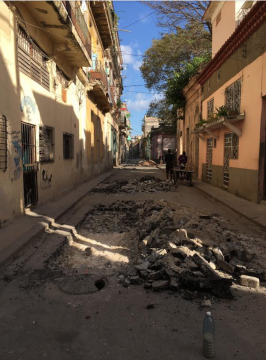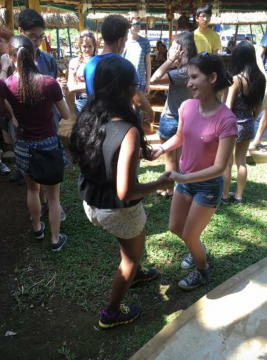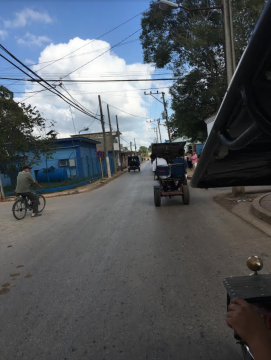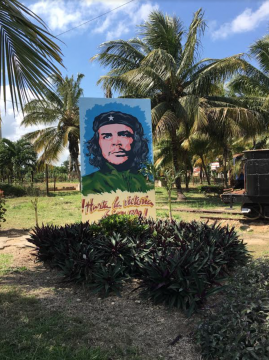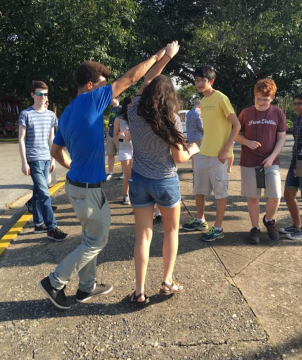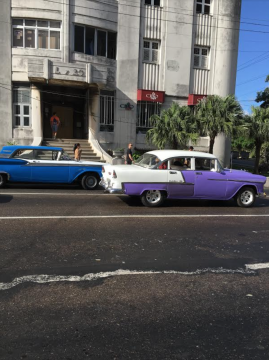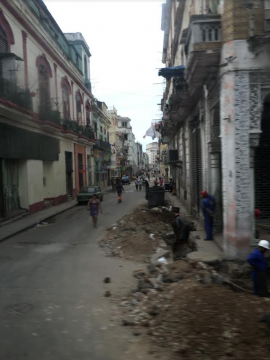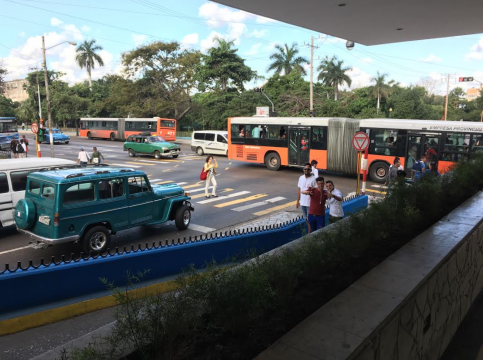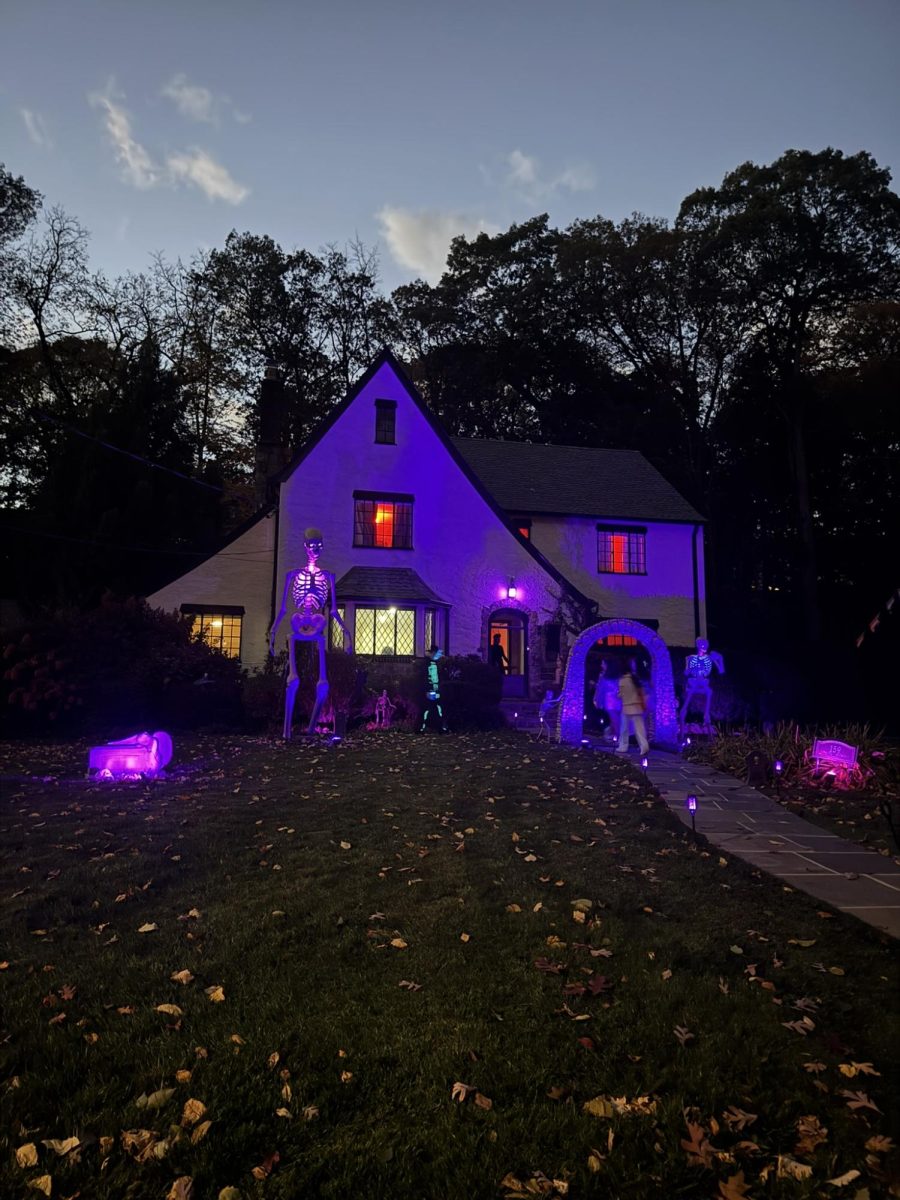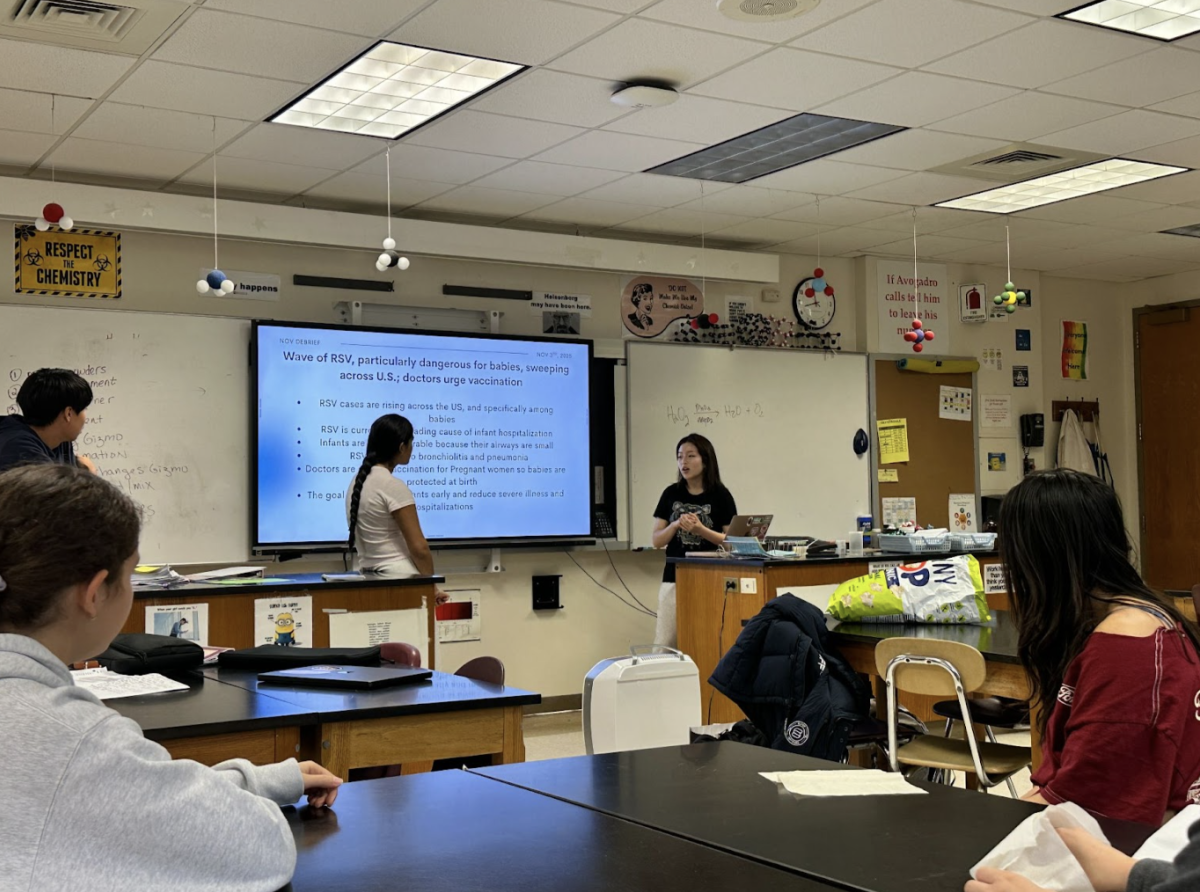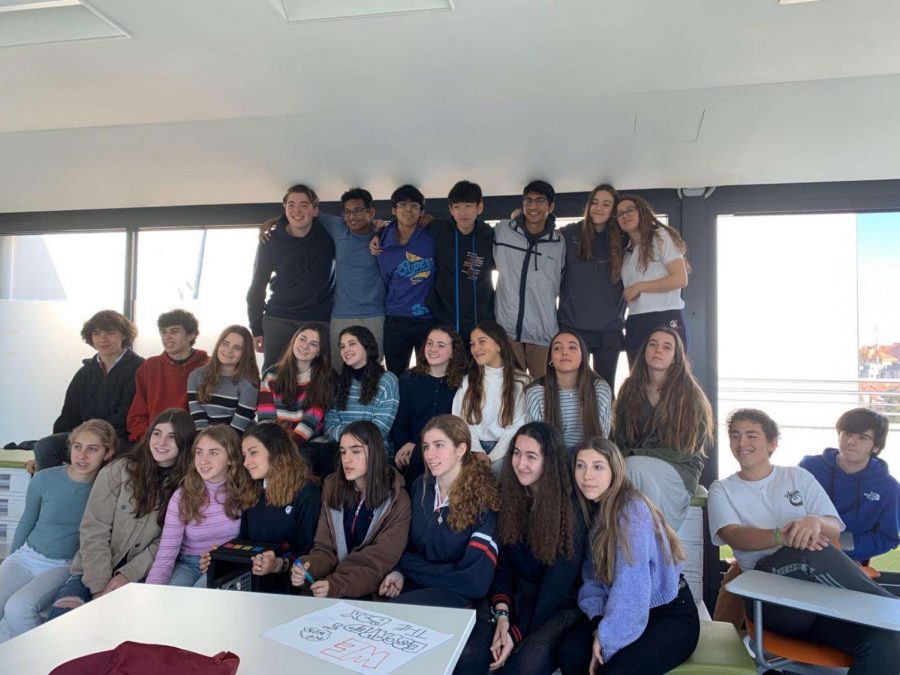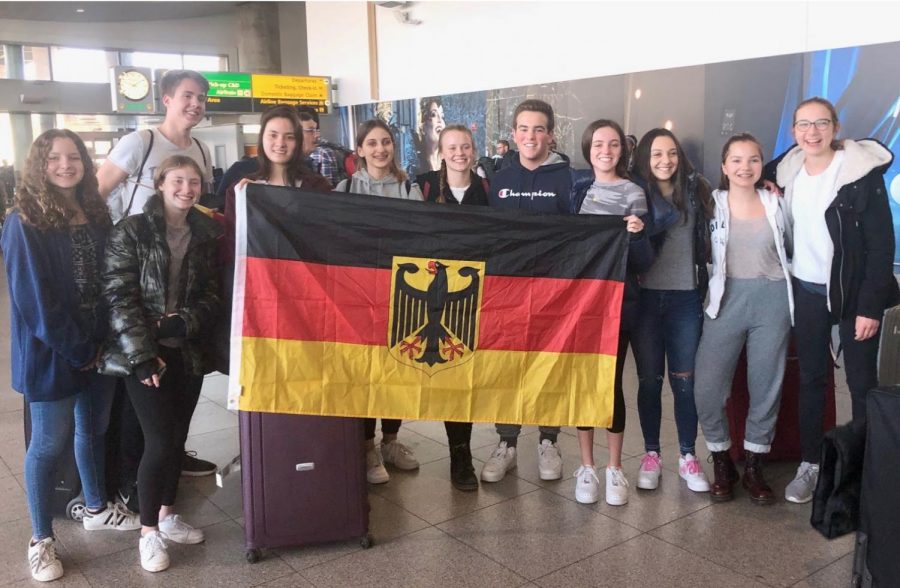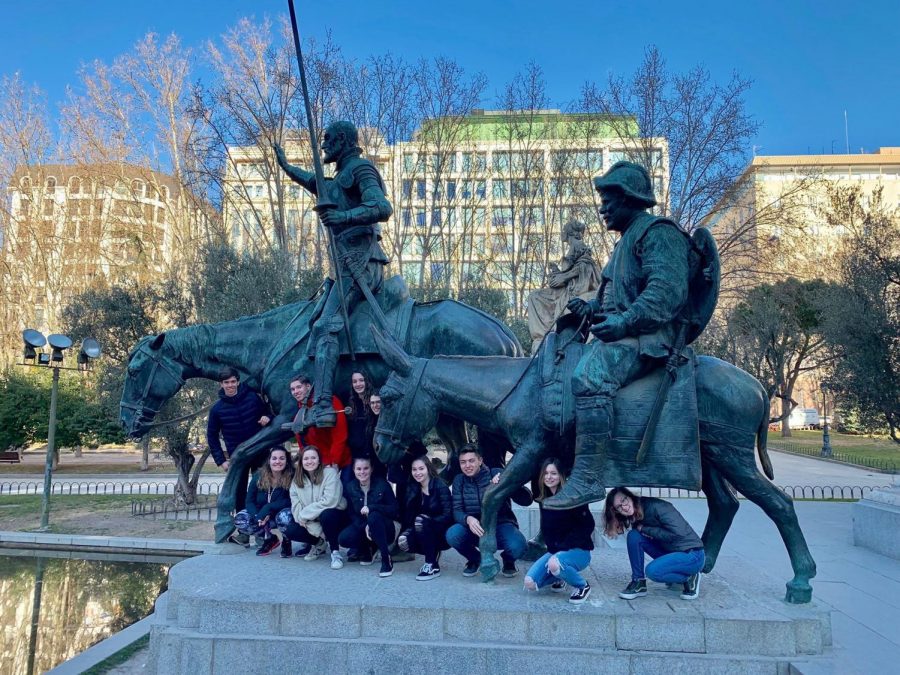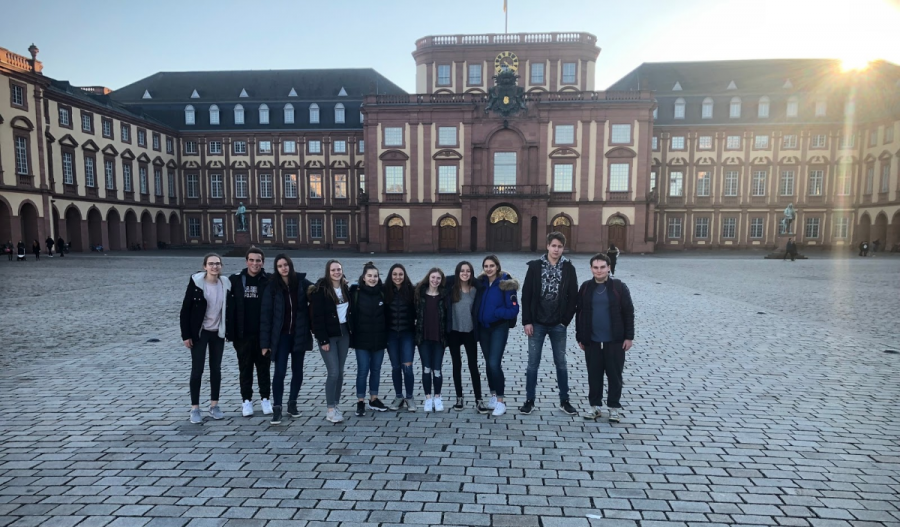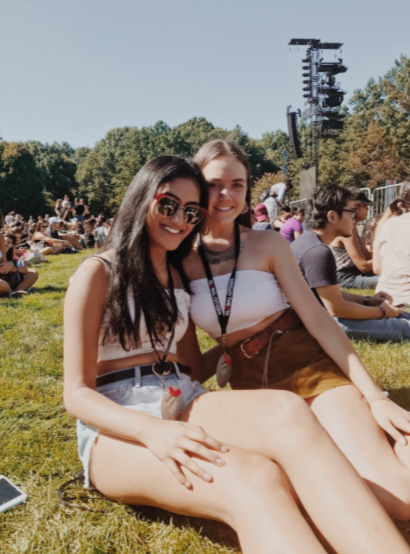Over February break, the orchestra visited Cuba. We had cultural exchanges with different music conservatories in Havana and a small town called Villa Clara. One of the most interesting parts of the trip for me was our interactions with local Cubans.
First off, Che Guevara is something of a national hero; a portrait of his face covers one side of a building, lit up at night; graffiti of a pensive Che, looking off in the distance, is accompanied by the words, “¡Viva la revolución!” on walls; the same pensive face peers out of souvenir stalls–on shirts, magnets, postcards.
In addition, some of the infrastructure is questionable. A lot of houses are worn down and some are half-built. Buildings in Villa Clara are centered around the main square; the houses are long, one-story buildings that are separated by intersections. As you get further from the center, the houses become a little more separated, and there isn’t a lot of grass or trees in the towns. Villa Clara has no stoplights or road markings on the ground and people walk, take pedicabs, horse-and-carriages, cars, bikes, or occasionally motorcycles with sidecars. The houses are simple; a solid color with a tall door and a few paneless windows, the once-bright paint often faded and chipped, revealing its brick foundations underneath. Some houses are a combination of war-ravaged and homey, with rubble littering one half of the yard and orange flowers blooming on the other half, separated by the pathway leading up to the front door.
However, Cuba is actually very safe. I didn’t see many police cars, if at all, and the people in Villa Clara left their doors open at night. Most of the Cubans that I talked to were friendly, as well. One night, we were waiting to cross the street in Havana, but there are no pedestrian crosswalks so we rushed through the intersection. A local Cuban carrying two black garbage bags full of stuff started rapidly talking to us in Spanish. At first I was a little wary, but he just told us that there are no pedestrian stoplights in Cuba. After we thanked him, he asked us where we were going. When we told him we were headed to the local supermarket, he said that it was closed and told us what time they opened the next day.
While Cubans are very welcoming, there’s still ignorance concerning diversity. Upon seeing two Asians in our group, a street vendor called out, “Hey, Jackie! Jackie Chan! Bruce Lee!” with a jesting chuckle. Barely registering the connection at first, we laughed, too. Walking through the streets, someone asked me, “Are you from China, or Japan?” as if those were the only two possibilities. As I gave the woman my passport before boarding the flight home, she looked at me. “China?” she said. Knowing what she meant, I nodded good-naturedly and smiled.
Even though these encounters were amusing, when I think of Cuba, I’ll remember the rumble of 1950s car exhaust and the rhythmic beats of salsa, both humming in the background, a faint yet constant manifestation of Cuban spirit.
by Jessie Kwong

